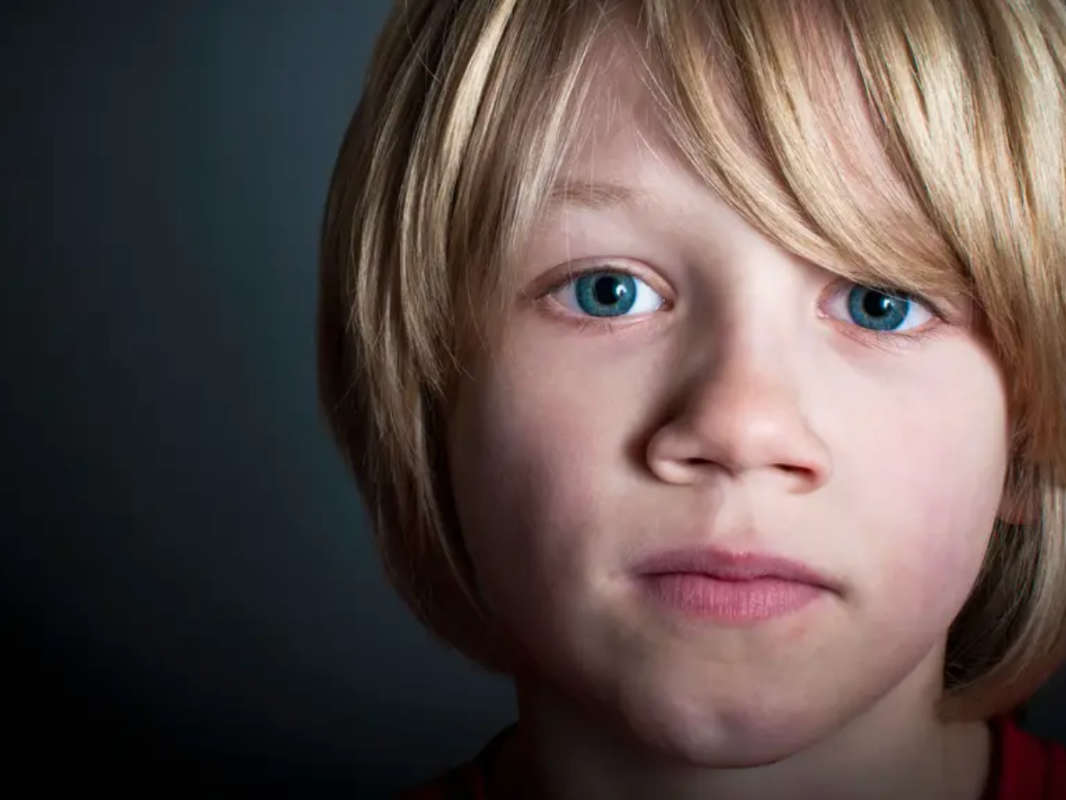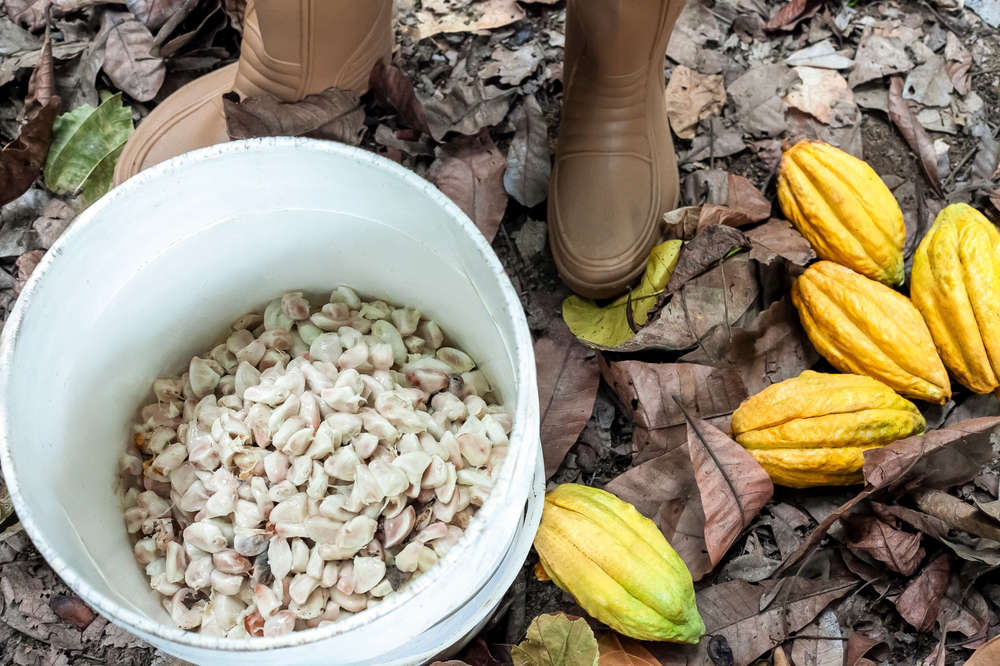
It can be shocking to hear that people hurt themselves intentionally – particularly if they’re children. But many children and young people, as well as adults, self-harm.
Self-injury is a coping mechanism, says the charity LifeSIGNS (lifesigns.org.uk – Self-Injury Guidance & Network Support) – someone harms themself to deal with emotional pain, or to “break feelings of numbness by arousing sensation”.
Wedge (who prefers not to use his surname) is the founder of LifeSIGNS, and has personal experience of self-injury: “Young people learn to rely on self-injury as a way of coping – it’s a desperate attempt to manage overwhelming feelings by themselves, so they can appear to be doing well enough at home and school.
“Self-injury isn’t something you can quit overnight. Family members and loved ones need to consider the underlying cause of the distress and despair, and help with that. Over time, new ways of managing the distress can be learnt, and eventually, self-injury can be replaced with new coping tactics. We can’t take away someone’s only way to cope without giving them real support first.”
Here’s what everyone should know about self-injury…
Are self-injury and self-harm the same thing?
LifeSIGNS says self-harm is an umbrella term that includes behaviours that harm people, including self-injury, but also things like eating disorders, risk-taking behaviours, and drug and alcohol misuse. Self-injury is a direct behaviour that causes injury and damage to the person’s body.
Why do people self-injure?
The intention of self-injury is to release tension and seek relief from distress. It’s a coping mechanism, and LifeSIGNS explains: “Physical pain is often easier to deal with than emotional pain, because it causes ‘real’ feelings. Injuries can prove to an individual that their emotional pain is real and valid.”
Although self-injury can calm those who do it, the action only provides temporary relief and doesn’t deal with the underlying issues that led to the self-injury. “Self-injury can become a natural response to the stresses of day-to-day life, and can escalate in frequency and severity,” warns LifeSIGNS.
Who self-injures?
Self-injury can affect anybody, at any age. However, NHS research into non-suicidal self-harm (NSSH) found that one in five women and girls aged 16–24 years, reported self-harming.
Alarming numbers of children are self-harming too – an analysis for BBC Radio 4’s File On 4 programme last year found the rate of self-harm among children aged nine to 12 in the UK doubled over the six years between 2014-2020. The number of children in this age group admitted to hospital after intentionally hurting themselves rose from 221 in 2013-14, to 508 in 2019-20.
LifeSIGNS stresses: “There are certain characteristics that some people who self-injure share. These include, but are not restricted to, low self-esteem, perfectionism and high achievement, poor body image, trauma and abuse. Anyone who has anything distressing to cope with might potentially turn to self-injury.”
How do people injure themselves?


Self-harm comes in many forms, but LifeSIGNS says the most common self-injuries include scratching, cutting, burning and non-suicidal overdosing (frequent self-medication).
How can parents help?
LifeSIGNS suggests parents educate themselves about the issues surrounding self-injury, don’t show disgust or anger if their child has hurt themselves intentionally, be aware you’re not to blame for your child’s self-injury, but let them know you’re there for them, even though self-injury is often a secretive behaviour and your child may be overwhelmed if they know you know about their self-harming.
Look at the cause not the injury
There will always be a reason behind self-harming behaviour, so instead of focusing on the injury, try to ascertain the underlying problems that have caused it. LifeSIGNS warns that it can take a long time to move away from self-injury, so be prepared for many months of recovery.


Don’t just tell them to stop
Instead of expecting your child to stop self-harming once you know about it, try to help them find alternative, healthier coping mechanisms. Also, offer to go with them to the see a doctor or a counsellor. “But don’t force them, and respect their need for privacy and confidentiality,” advises LifeSIGNS.
Don’t ask to see their injuries
Unless you’re concerned an injury may need medical attention, don’t ask to see you child’s injuries, says LifeSIGNS, as this could embarrass them and make them more secretive.
When to seek medical attention
LifeSIGNS says that while most scratches and cuts can be dealt with at home, burns may need to be checked by a doctor or nurse, as will more serious injuries and overdoses. And although self-injury is non-suicidal behaviour, the emotional distress that causes it can also lead to suicidal thoughts. If you feel your child is at risk, seek urgent medical help.

 Five Amazing Chocolate Varieties Worldwide You Must Try
Five Amazing Chocolate Varieties Worldwide You Must Try
 Five Unique Pancake Combinations Around The World
Five Unique Pancake Combinations Around The World
 Five Of The Most Wondrous Ancient Ruins In The World
Five Of The Most Wondrous Ancient Ruins In The World
 Five Of The Most Inhospitable Places on the Planet
Five Of The Most Inhospitable Places on the Planet
 Five Animals You Wouldn’t Believe Are Kept as Pets
Five Animals You Wouldn’t Believe Are Kept as Pets